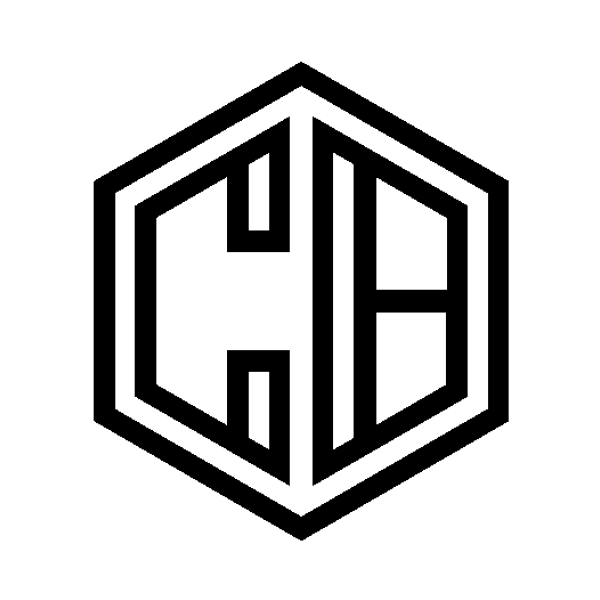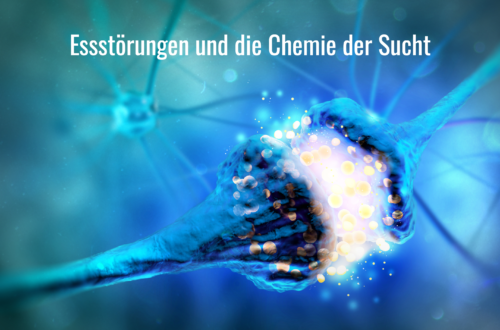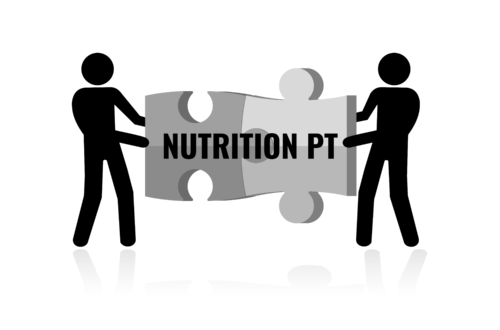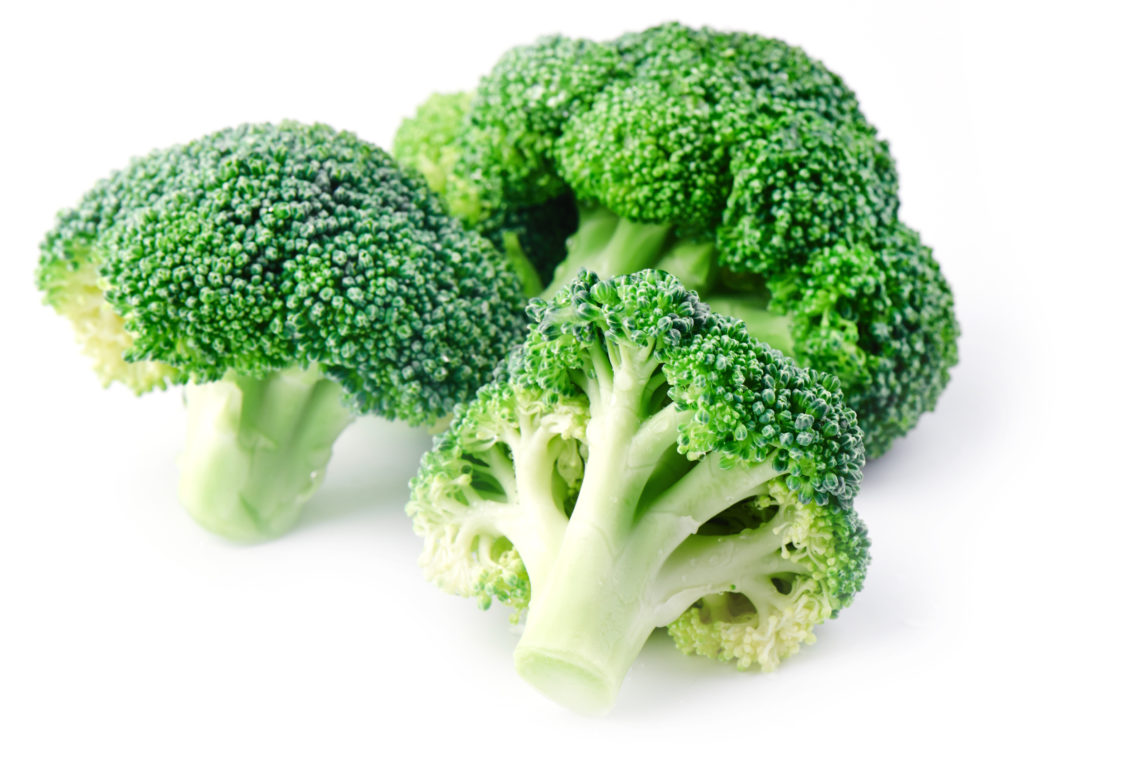
Sulforaphane
Fresh vegetables not only contain many vitamins and minerals, but also valuable health-promoting secondary plant substances such as sulforaphane. You can find sulforaphane mainly in cruciferous vegetables like broccoli, cauliflower, cress, radishes and rocket. Sulforaphane is not only anti-bacterial, anti-inflammatory and a powerful antioxidant, but is also successfully used in fighting obesity, osteoarthritis, autism, asthma and hay fever, diabetes type 2, aging processes and (proven by recent studies) in cancer therapy and against neurodegenerative diseases such as dementia and Alzheimer’s disease.
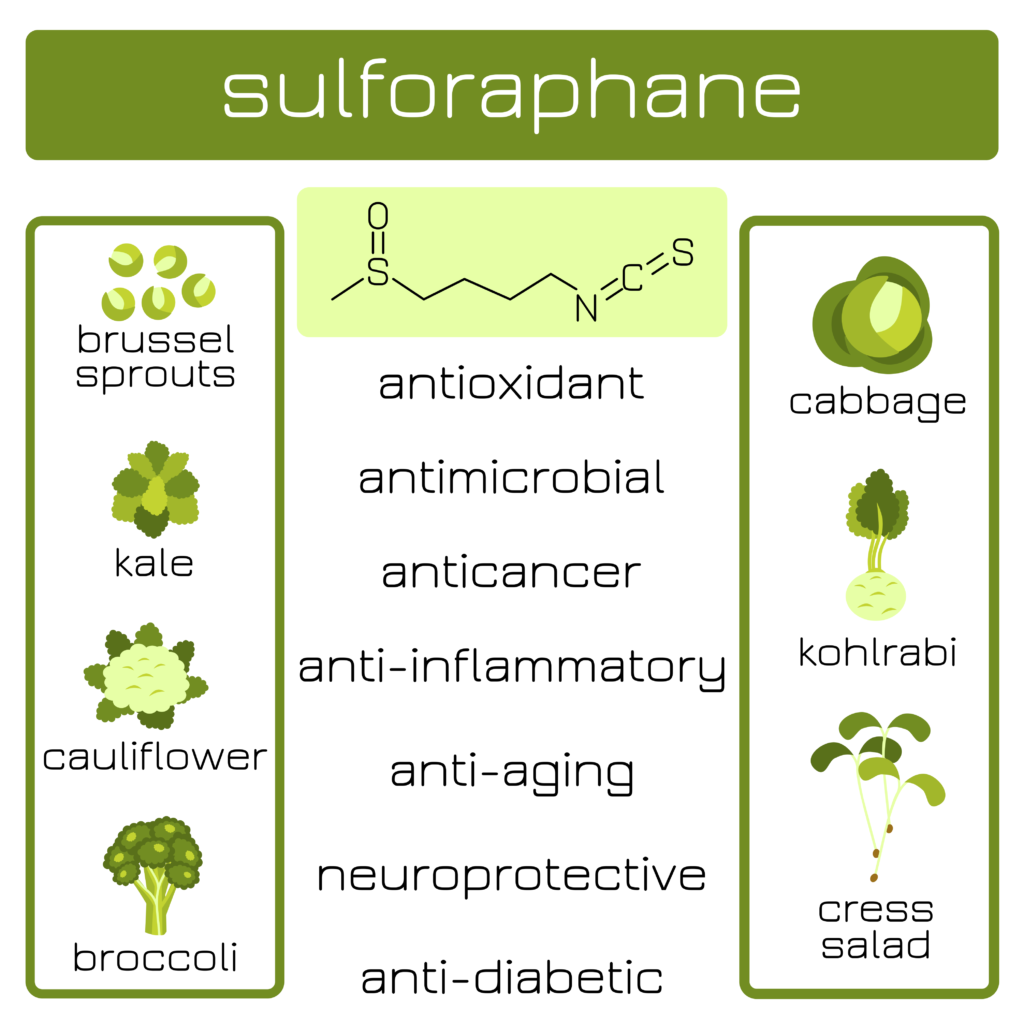
Sulforaphane, however, is not directly contained in its active form in broccoli & Co., but must first be activated by the enzyme myrosinase from the inactive form glucoraphanin. This is either done by cracking the plant cells mechanically by biting, chewing or cutting or in the gastrointestinal tract through decomposition by healthy gut bacteria.
The enzyme myrosinase, however, is very sensitive to heat and is destroyed at temperatures above 42°C. So if you want to enjoy the many advantages of sulforaphane, you should pay special attention on how you prepare and cook the vegetables.
You will learn many more information on Sulforaphan and other secondary plant materials as well as many practical tips and tricks on how best to prepare them in my cooking class
MEAL PREP MADE EASY, WEDNESDAY, OCTOBER 02, 2019 FROM 18-21 O’CLOCK, IN THE MESSER EVENT LOUNGE, MESSERPLATZ 1, 65812 BAD SODEN
Cost: € 90 / person including menu
A few of the limited 16 places are still available. Please make reservations directly by email to hello@christianbeilke.com


